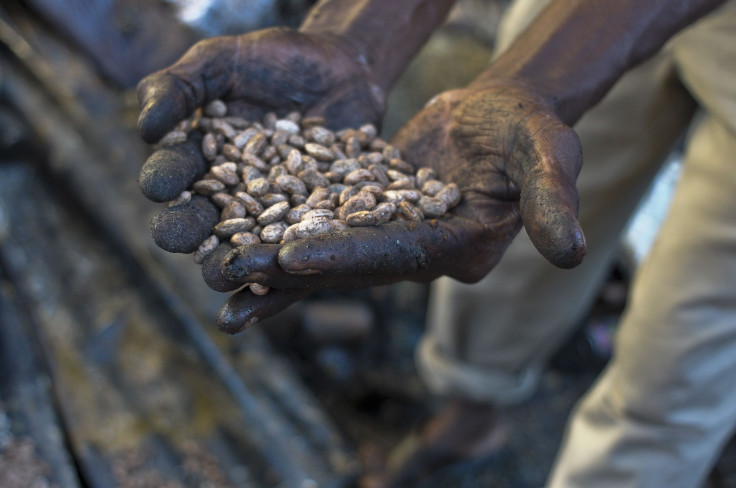Scientists Breed Heat-Tolerant Beans To Endure Global Warming

With global average temperatures at 1.24 degrees Fahrenheit above the twentieth-century average, 2014 was the world’s warmest year on record. And, pointing to a disturbing trend, nine of the 10 warmest years on record have all occurred in the twenty-first century, drastically affecting crops that are vital sources of nutrients for billions of people around the globe.
And as anthropogenic climate change adds to the troubles of a warming planet, it is imperative that temperature-resistant plants be developed at the earliest. Toward this end, plant breeders at the Consultative Group for International Agricultural Research (CGIAR) -- a global agricultural research consortium -- announced the development of 30 new types of “heat-beater” beans on Wednesday, marking a breakthrough in saving what is often called the “meat of the poor” from the effects of global warming.
“This discovery could be a big boon for bean production because we are facing a dire situation where, by 2050, global warming could reduce areas suitable for growing beans by 50 percent,” Steve Beebe, a senior CGIAR bean researcher said, in a statement. According to most current estimates, the global average temperatures by 2050 are expected to rise by anything between 3.6 degrees Fahrenheit to 7.2 degrees Fahrenheit (2 to 4 degrees Celsius).
Beans, which are a vital source of proteins, fibers and carbohydrates for over 400 million people in the developing world, are extremely temperature sensitive. Normally, bean yields falter when night-time temperatures exceed about 66 degrees Fahrenheit, as these temperatures affect the pollination process.
“We confirmed that 30 heat-tolerant lines are productive even with night-time temperatures above 22 degrees Celsius (71.6 degrees Fahrenheit),” Beebe said, in the statement. “Incredibly, the heat-tolerant beans we tested may be able to handle a worst-case scenario where the build-up of greenhouse gases causes the world to heat up by an average of 4 degrees Celsius (7.2 degrees Fahrenheit).”
Beebe and his colleagues tested more than 1,000 bean lines -- derived from plants that were previously being bred to withstand drought and poor soil conditions. The focus of the research turned toward developing heat-resistant beans after a 2012 report found that heat was a much bigger threat to bean production than previously believed.
Many of the new heat-tolerant beans are combinations of common beans, such as pinto, white, black and kidney beans, and the drought-resistant tepary beans, which have been grown in the southwestern U.S. and Mexico since pre-Columbian times.
“As a result of this breakthrough, beans need not be the casualty of global warming that they seemed destined to be, but rather can offer a climate-friendly option for farmers struggling to cope with rising temperatures,” Andy Jarvis, a CGIAR climate change expert, said, in the statement.
The next step, Beebe said, would be to introduce these beans to farms. “Heat may already be hurting bean production in Central America far more than we thought and farmers could benefit from adopting the new heat-beater beans right now,” Beebe said, in the statement.
“As a matter of fact, if a farmer wrote to us today then we could -- subject to certain restrictions -- send them some,” he told BBC.
© Copyright IBTimes 2024. All rights reserved.






















